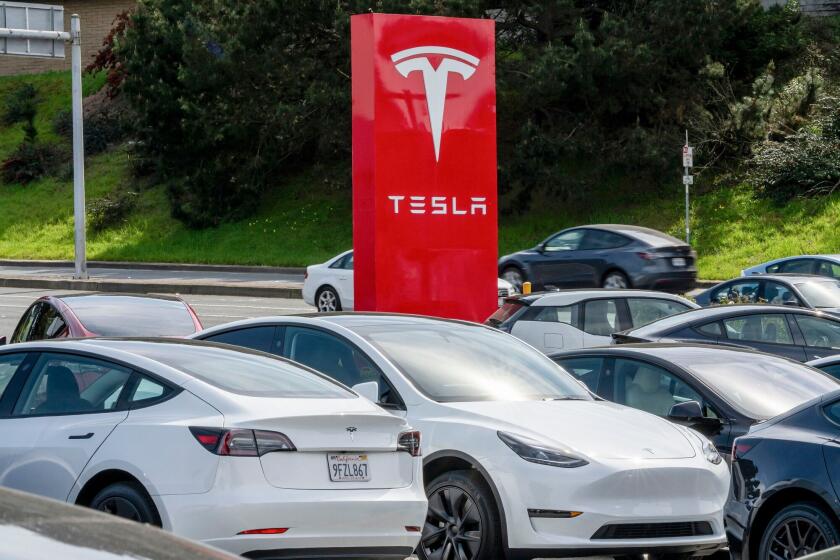Keep a Close Eye on Rocketdyne Cleanup
- Share via
Let’s set the record straight. In his letter “Activists Unfair to Rocketdyne” (Oct. 26), Rocketdyne employee Bob Tuttle wrote, “Rocketdyne began cleanup of ground water at the site in 1987, years before Committee to Bridge the Gap showed up on the scene.”
Tuttle, who has been employed by Rocketdyne for 40 years, should know better.
Committee to Bridge the Gap, a nonprofit public interest organization, began calling for the cleanup of Rocketdyne’s nuclear and rocket testing facility in 1979. That was the year we released information about a 1959 nuclear accident that involved the partial meltdown of a reactor core at the site. Rocketdyne (and its predecessors) had kept this secret from the public for 20 years.
In 1980, we disclosed additional information about a series of other reactor accidents at the site, which the company had also kept secret.
For 18 years, we have worked to put a halt to dangerous activities there, to force the cleanup of Rocketdyne contaminants and to assure the study of possible adverse health effects among workers and nearby residents. Rocketdyne has fought us every step of the way.
We have always been careful to keep to the facts. Currently, no one can say for sure exactly what impact the facility has had on its neighbors. We know that pollutants from Rocketdyne’s operations have contaminated the Brandeis-Bardin Institute. The harm was apparently significant enough that Rocketdyne settled a lawsuit filed by Brandeis.
Not enough information exists at this date to draw firm conclusions about other areas. We continue to push for additional independent, credible studies.
Tuttle wrote, “The cleanup work at Santa Susana is based on regulatory requirements and good business practices.” We wish this were true. Unfortunately, it has taken a lot of hard work by independent watchdog groups like ours to get any of the cleanup work done properly.
For example, several years ago, Rocketdyne and the regulatory agencies declared that the sodium burn pit had been cleaned up. (It had been contaminated with toxic chemicals and radioactive materials.) We were allowed onto the site. We selected samples to test the adequacy of the cleanup. The samples we selected turned out to be far in excess of permissible regulatory levels. Several years of additional cleanup turned out to be necessary. Had we not been there, a contaminated site would have been declared clean and released for unrestricted use.
The community’s “fear, anger, distrust, worry and uncertainty” that Tuttle writes about stem primarily from Rocketdyne’s failure to be open and honest with the community. The company’s history of accidents, contamination events and illegal disposal of hazardous materials (for which it has pleaded guilty) has also contributed to the public’s perception of Rocketdyne.
Blaming the messenger for the problems Rocketdyne created only serves to worsen the community’s lack of confidence in the company.
JOSEPH K. LYOU
Executive director,
Committee to Bridge the Gap
Los Angeles
More to Read
Inside the business of entertainment
The Wide Shot brings you news, analysis and insights on everything from streaming wars to production — and what it all means for the future.
You may occasionally receive promotional content from the Los Angeles Times.










